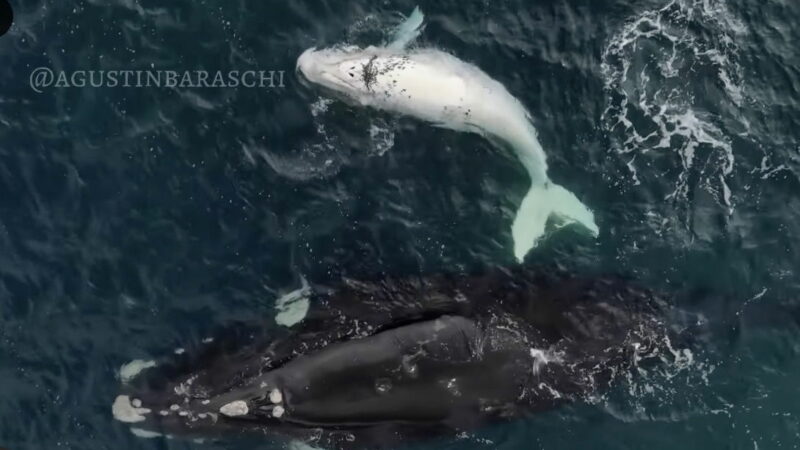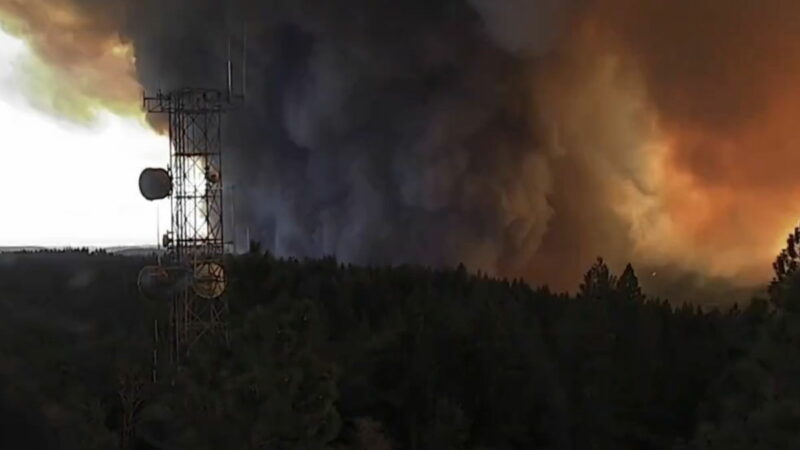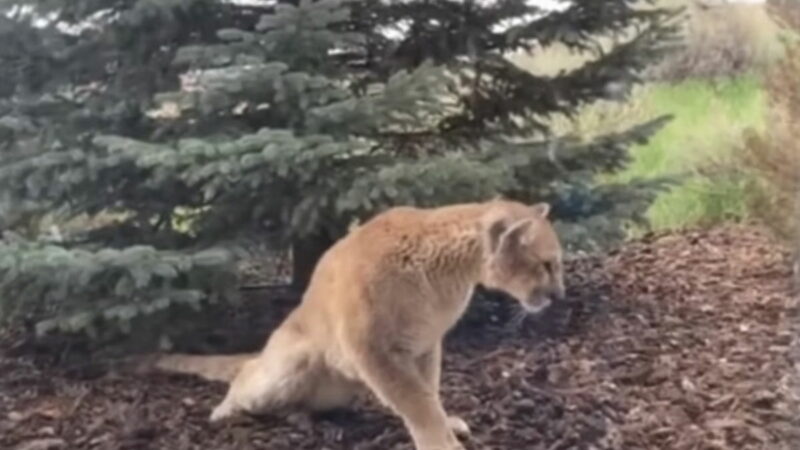How to Dress for Skiing or Snowboarding: A Packing List for Beginners
If you’ve never gone skiing or snowboarding before, don’t feel bad if you don’t know what to wear. It ain’t rocket surgery, but it’s also not entirely obvious either. I know from personal experience.
Videos by Outdoors
Some years ago, when I went snowboarding for the first time at one of the big ski resorts in Colorado, I didn’t give much thought to what I should wear. Buying any sort of ski wear – a ski jacket, a ski bib, or ski gloves – never occurred to me.
Instead, I thought if I wore thermal underwear under a nylon sweatsuit and then some water-resistant outer layers, I’d keep my body and legs warm. But I didn’t. I was wet and cold the entire time.
In response to that experience, I’ve cobbled together a checklist to piece together an ideal ski outfit. When you dress for skiing or snowboarding, the goal is to keep yourself warm and dry amid freezing temperatures and a wet environment.
In this guide, I’ll list out the ski clothes and other ski gear to keep your body comfortable on the slopes.
What’s the difference between ski and snowboard clothing?
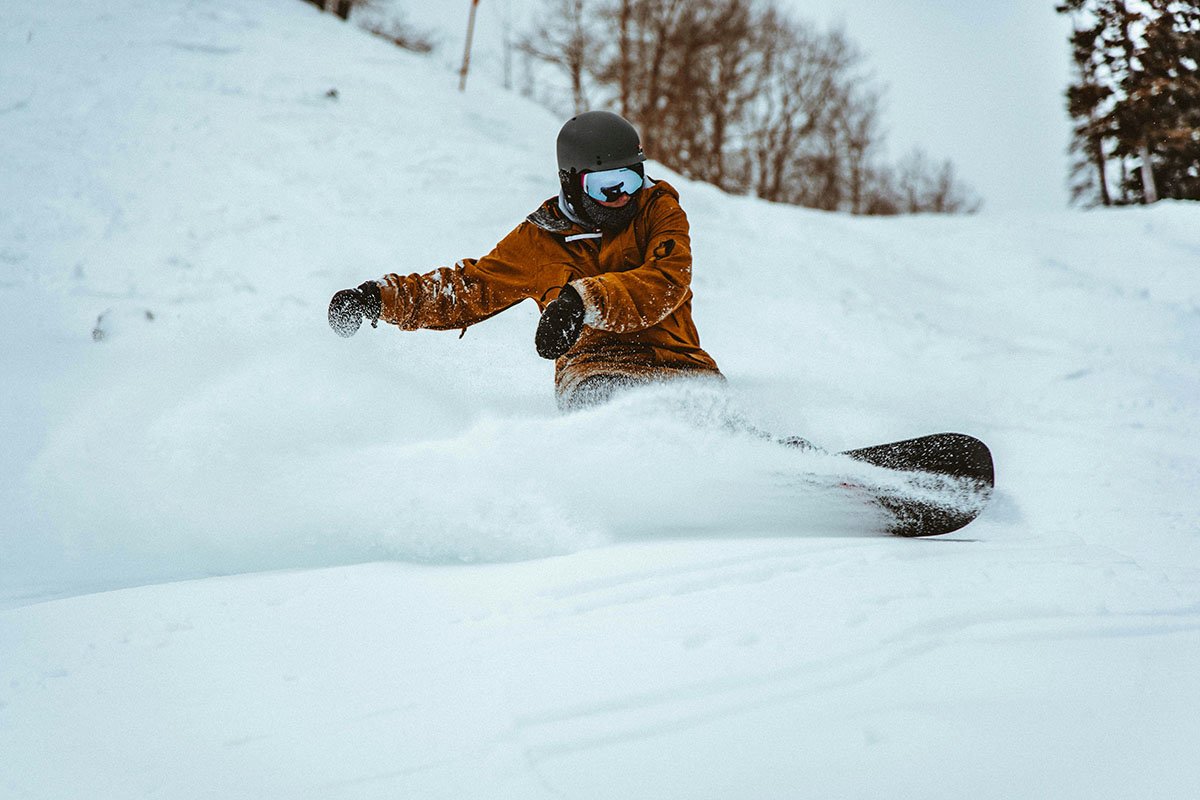
Before we get into it, we need to talk about how similar skiing and snowboarding clothing is. Some of the most common questions about are: “Are ski and snowboarding clothes the same?” and “Are ski pants ok for snowboarding?”
The answers are “yes” and “yes.” You can wear basic skiing and snowboarding gear interchangeably. The reason is that they’re both made out of the same material and for the same purpose, so there isn’t a huge difference between them.
With that said, snowboarders prefer their jackets and pants to be a little bit baggier than ski clothes for mobility. Still, if you look around at most ski resorts, you’ll see most people wearing a waterproof jacket, pants, and other gear. For those reasons, we may refer to items as a ski jacket or snowboard pants because there’s not much difference between them.
For beginners, the only items where there’s a night and day difference are boots, but we’ll discuss that in greater detail below.
What to Wear Skiing or Snowboarding
- Base Layer
- Mid layer
- Ski jacket or snowboard jacket
- Ski pants or snowboard pants
- Hat or balaclava
- Ski helmet
- Ski goggles
- Ski gloves
- Ski socks
- Ski boots or snowboard boots
Ski Jacket
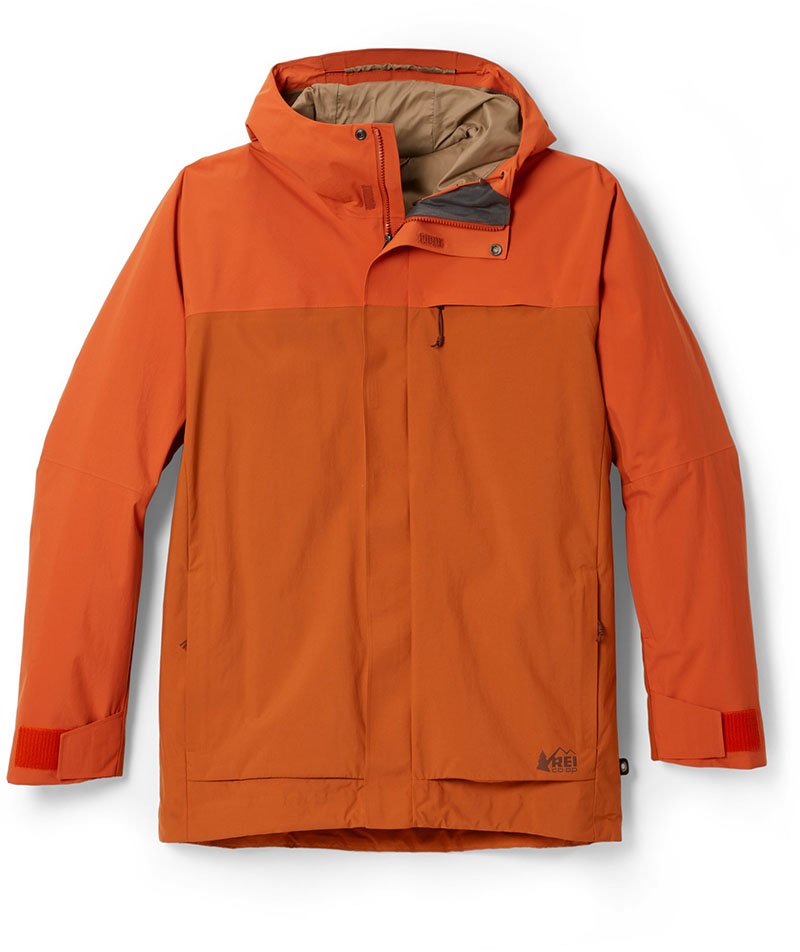
What’s ideal for skiing is a waterproof jacket with synthetic insulation. The reason is that, while waterproof materials are great at keeping you dry, nothing is perfect. Synthetic insulation, when compared to a natural insulating layer like down, which you’ll find in something like a puffy jacket, will continue to trap heat even if it’s wet and it costs a lot less money.
You could also opt for something that has little to no insulation, like waterproof shell jackets, and rely on your under-layer clothing and maybe an extra layer to keep your upper body warm.
Fortunately, there is a specific style of jacket designed for skiing and snowboarding. Ski and snowboard jackets are often equipped with all the essentials to accommodate other ski gear, including pockets for convenient storage, zippered vents, pit zips, and even a spot for a lift pass.
Most ski jackets and snowboard jackets are priced between $100 and $200.
Recommendations
Pants or Bib

When you’re skiing or snowboarding, you’ll want your bottom outer layer to feature the same qualities as your top. Snow pants should be waterproof or water-resistant with some insulation. Whether you wear a pair of snow pants or a snow bib is entirely up to you.
[Check out our guide to choosing ski pants or bib here]
Snow pants fit over your base- and/or mid-layer bottoms while a snow bib fits the same but like a pair of overalls. They typically go above your waist and you secure them with shoulder straps. While bibs rid up to your chest, if you run hot, you might want snow pants. One other thing to note is that snowboard pants are often baggier than ski pants.
You can find waterproof shells for less than $100, but you can easily find insulated and waterproof ski pants from a quality brand for less than $200.
Ski Pants
Snow Bib
Base layers
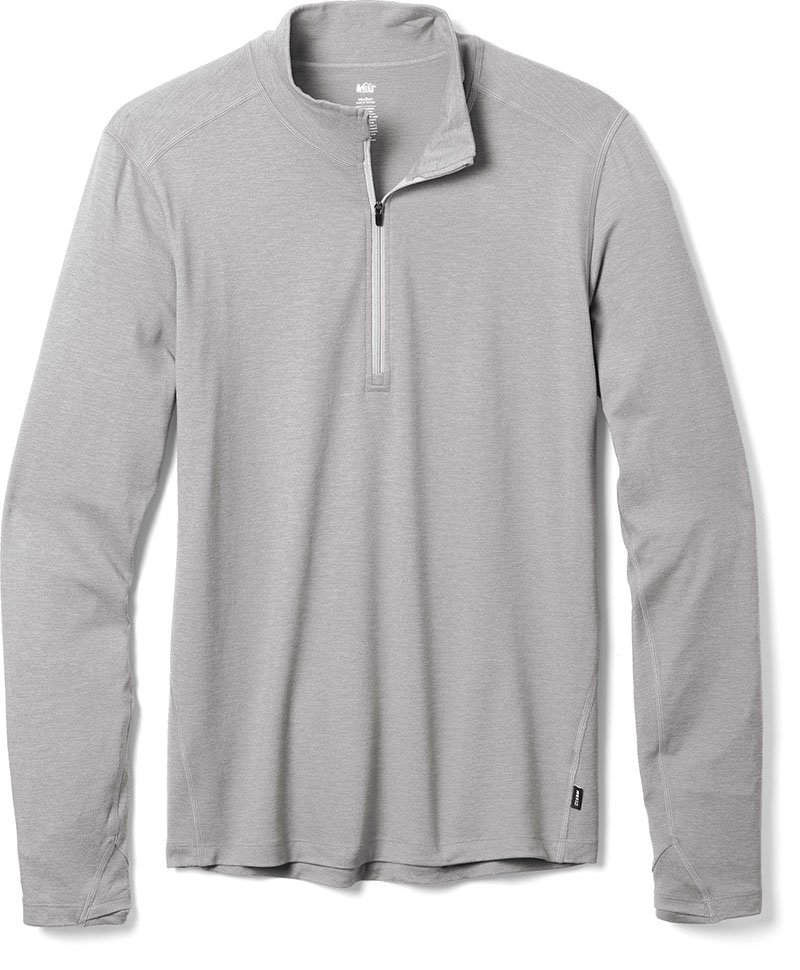
Base layer clothing, more commonly referred to as long underwear or long johns, is the layer closest to your skin. It serves the dual purpose of adding a layer of insulation while also keeping your mid-layers dry from perspiration. The purpose of the base layer is to keep your body safe and your insulating layers dry because it will wick moisture away.
Mid-layer clothing is what you wear over your base layer as an insulating layer. Experts recommend wearing fleece or synthetic materials as opposed to cotton. The best clothing to wear for that is a fleece or sweatshirt. The primary purpose of the insulating layer is to keep your body warm during cold days. However, the philosophy behind layering is you can also shed layers if you get too warm.
Base layers are fairly inexpensive as you can buy some for less than $50, but the price increases as you jump from standard moisture-wicking materials to higher quality merino wool.
Men’s Base Layers
Women’s Base Layers
Ski Helmet
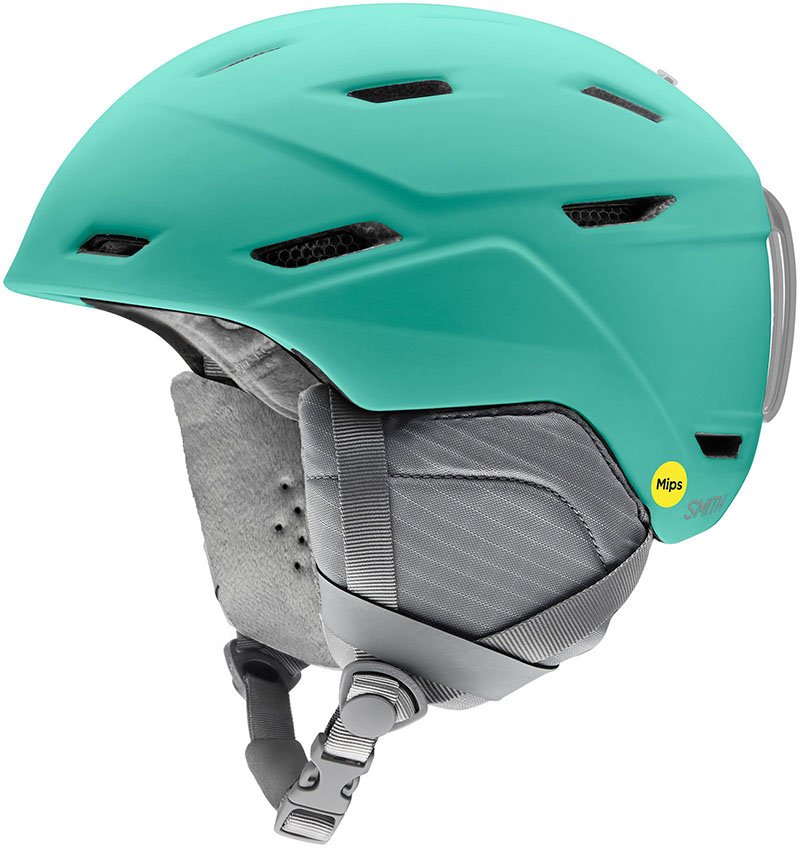
A warm hat is not a bad thing to have when it’s cold outside as it’ll keep your head and ears nice and toasty, but it won’t prevent head injuries. For that, you need a helmet.
A ski or snowboard helmet offers similar protection to a bicycle helmet as the protective layer consists of a hard shell and soft internal cushion. The difference is that ski helmets are designed with built-in layers to keep your ears and head warm and offer greater protection in specific impact areas.
A common question is, “Do ski resorts require helmets?” The answer is ski resorts will follow state and local laws and whatever they’re insurance policies require when they make rules concerning helmets.
Most ski resorts require that minors wear helmets while skiing or snowboarding. Still, it’s good practice for every participant, especially beginners, to wear a helmet.
Most ski helmets and snowboard helmets cost between $100 and $200.
Recommendations
Goggles
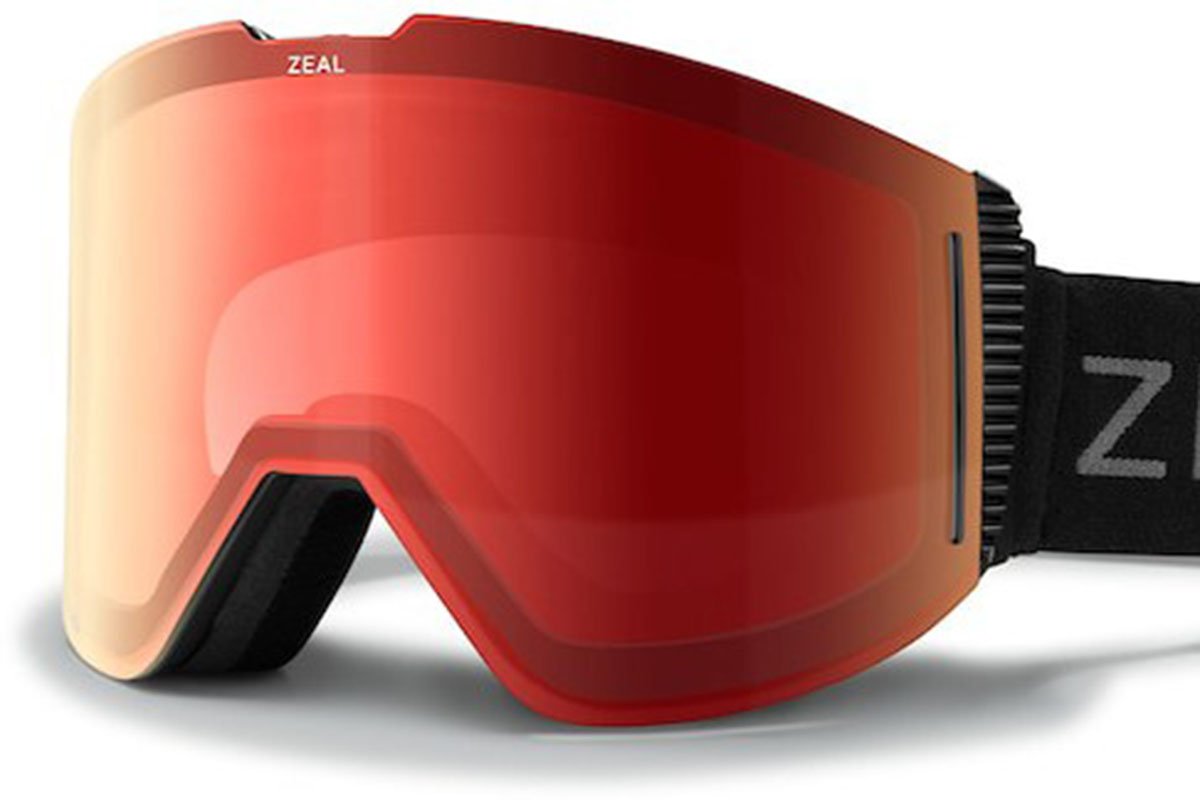
When you’re on the slopes and surrounded by snow, you’re at increased risk of snow blindness, a condition that occurs when your eyes are exposed to too much UV light. This happens in snowy areas because sunlight, no matter how strong, reflects off the snow. That’s why you should wear some sort of eye protection.
Snow goggles will protect your eyes from the environment, specifically things like wind, snow, and glare, as you’re on the slopes. While you could wear sunglasses to achieve the same results, goggles do a better job, especially if it’s actively snowing.
Snow goggles are designed to cup against your face and they’re secured with a strap that goes around your head or helmet. Plus, you can find goggles that fit over prescription glasses, if you wear them.
You can find a good pair of snow goggles for less than $100, but if you pay a little more, you get more aesthetic options.
Recommendations
Neck Gaiter or Balaclava

Wearing a neck gaiter or balaclava is a convenient way to cover exposed skin on your face and neck and protect it from the wind and snow as you ski. The gaiter lets you adjust with ease as you can pull it up and down while the balaclava will cover most of your head.
Whichever you choose, it’ll cost less than $50.
Neck Gaiter
Balaclava
Gloves or Mittens
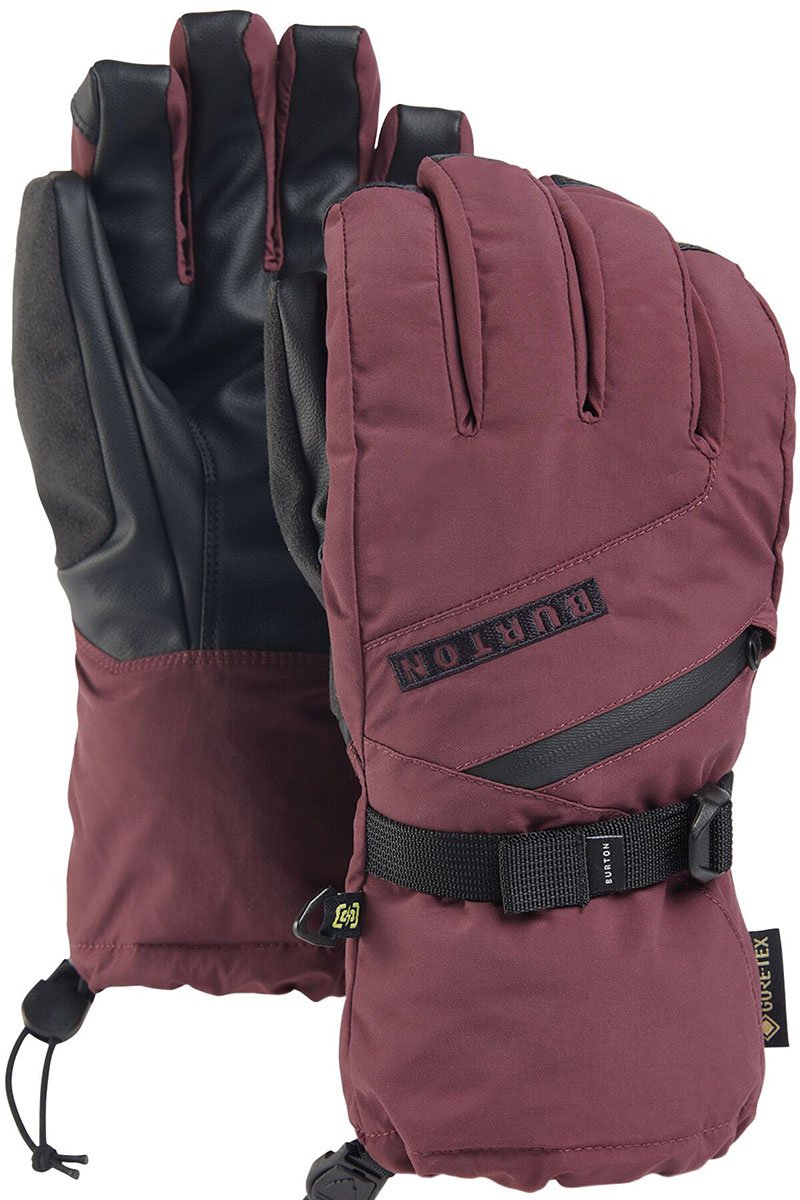
Much like your jacket and pants, you’ll want your gloves to be insulated and waterproof or water-resistant because extremities like your fingers and toes are some of the most common areas to get frostbite.
While you don’t need ski or snowboarding gloves, such designs do include convenient features for the activity like built-in fog wipes to clean your goggles and extended cuffs to prevent snow from entering.
Whether you choose gloves or mittens is a matter of preference. While gloves allow for greater dexterity, mittens tend to be warmer as the fingers aren’t individually isolated. The price of ski gloves or snowboard gloves can cost as much as $200, but you can find most for less than $100.
Recommendations
Ski Socks
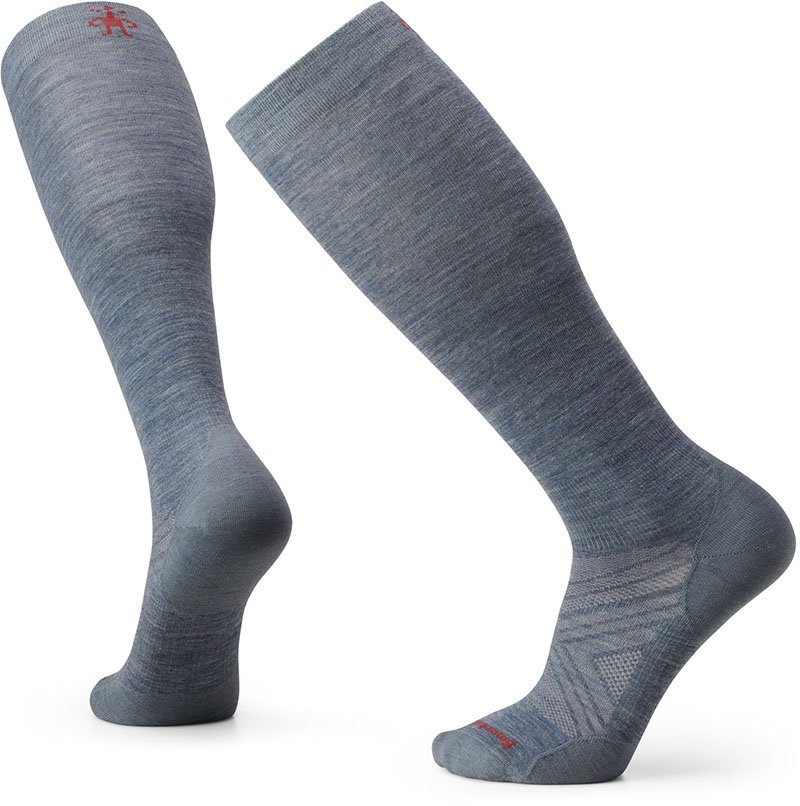
While you could wear whatever socks you want, ski and snowboard socks are designed to address issues you would most likely encounter in the snow, such as being cold and wet, but they’re also cut so they extend above your boot.
Ski and snowboard socks — there’s no difference — also come in various thicknesses, ranging from thin to mid-weight to thick. A good pair of ski socks can be found for less than $30.
Recommendations
Boots
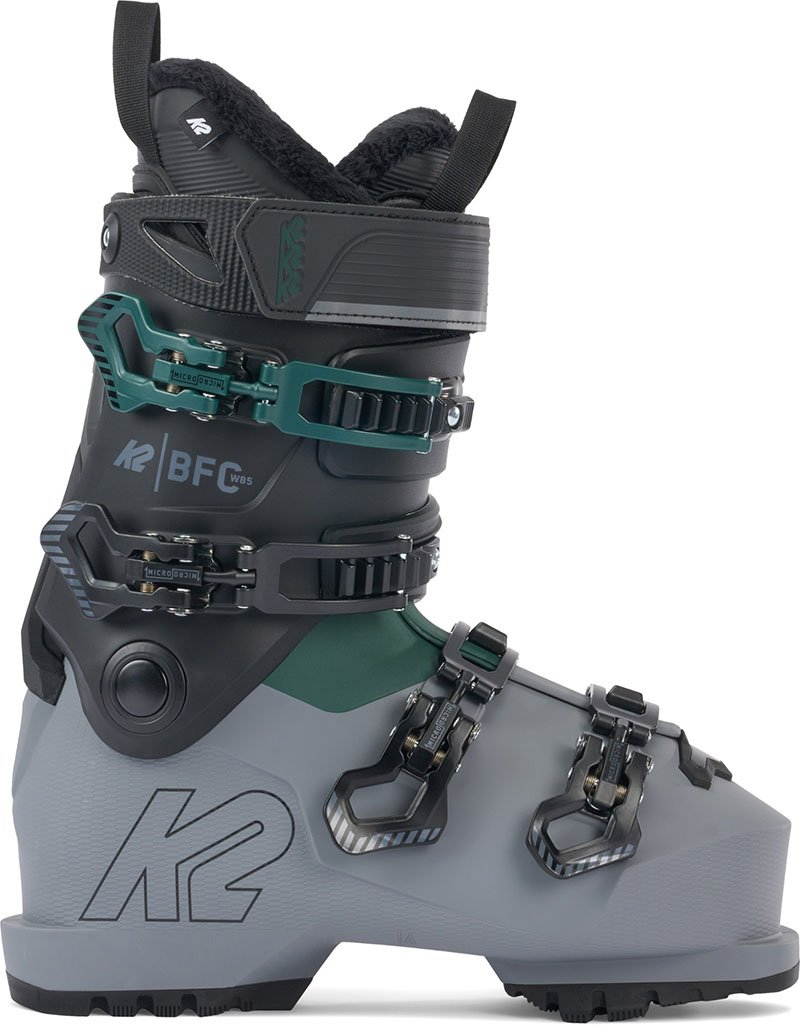
Both skiing and snowboarding boots are designed to keep your feet warm and dry, but that’s about where the similarities end. While skiing and snowboarding gear is largely transferrable, you can’t buy ski and snowboard boots. You can, however, buy ski or snowboard boots.
When comparing them, ski boots are designed specifically to clip into a pair of skis. Although snowboarding boots are designed to work with a snowboard, they more closely align with snow boots, but it’s still apples and oranges. In short, ski boots and snowboard boots are not compatible.
With that said, they’re both essential for their sport. The price of ski boots and snowboard boots are all over the place. You can spend as little as $150 or as much as $1,000.
The price of ski boots in particular depends on their features and intended users. Lower-priced options have general features while more expensive ones have more personalized or adjustable features.
Ski Boots
Snowboard Boots
Why is ski gear so expensive?
If you buy everything on this list, you’ll end up spending approximately $700 and that’s a lot of money for stuff you may only wear once or once a year. The reason why ski gear is so expensive is because it’s made from expensive materials like Gore-Tex, which is both waterproof and breathable.
However, if you’re on a budget, you might not want to shell out the cash for new under-layer clothing and maybe you plan on renting a helmet and goggles, you should buy reliable exterior layers, especially a jacket. You might end up spending $200 to $300, but they will make you significantly more comfortable than say a nylon sweatsuit.
What should I wear for my first time skiing?
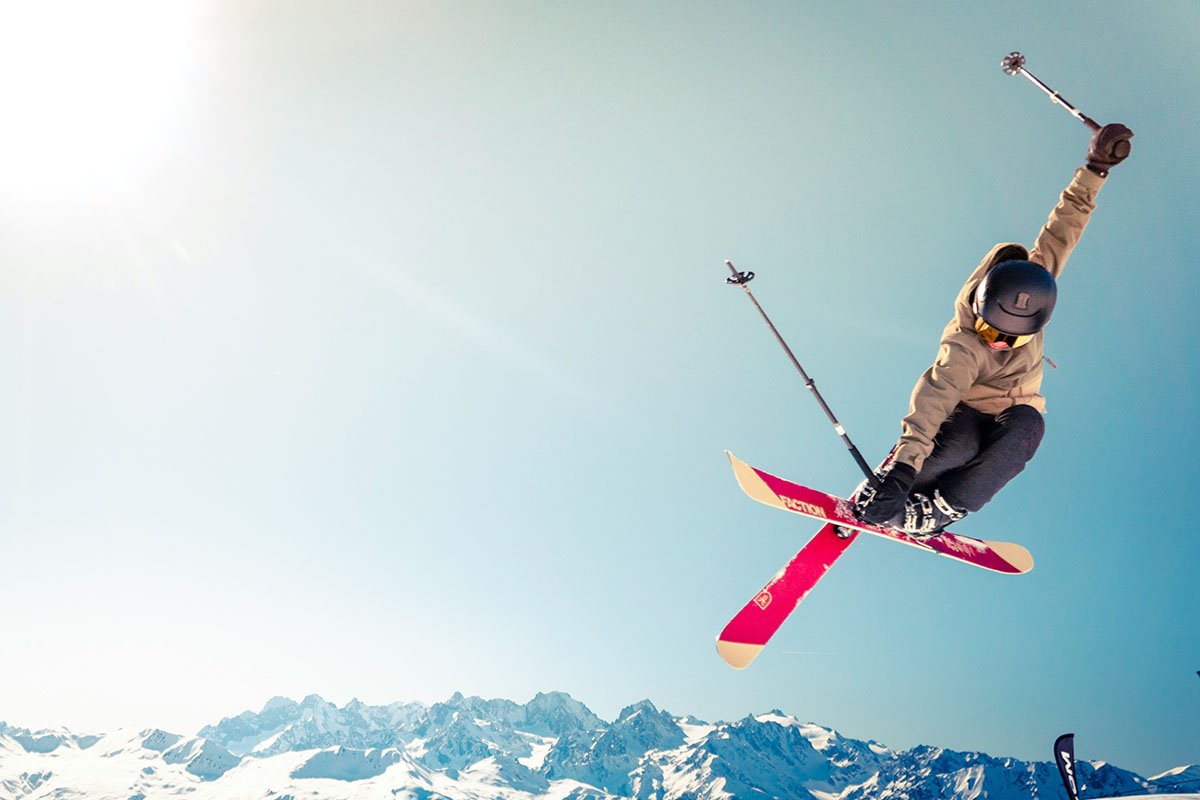
If you take anything away from this article, hopefully, it’s these few points. Whether you plan to ski or snowboard, you should layer your clothing. That means wearing moisture-wicking layers like thermal underwear or long athletic wear, a warming layer, and then a waterproof jacket and pants.
Lastly, one of the most common injuries that happens on the slopes is head injuries. Unlike a knee injury, a head injury is something you might not be able to recover from. Therefore, you should wear a helmet the first time you ski or snowboard.
As is the case with most gear, it’s better to have it and not need it than to need it and not have it.
Source: https://outdoors.com/how-to-dress-for-skiing-or-snowboarding/


